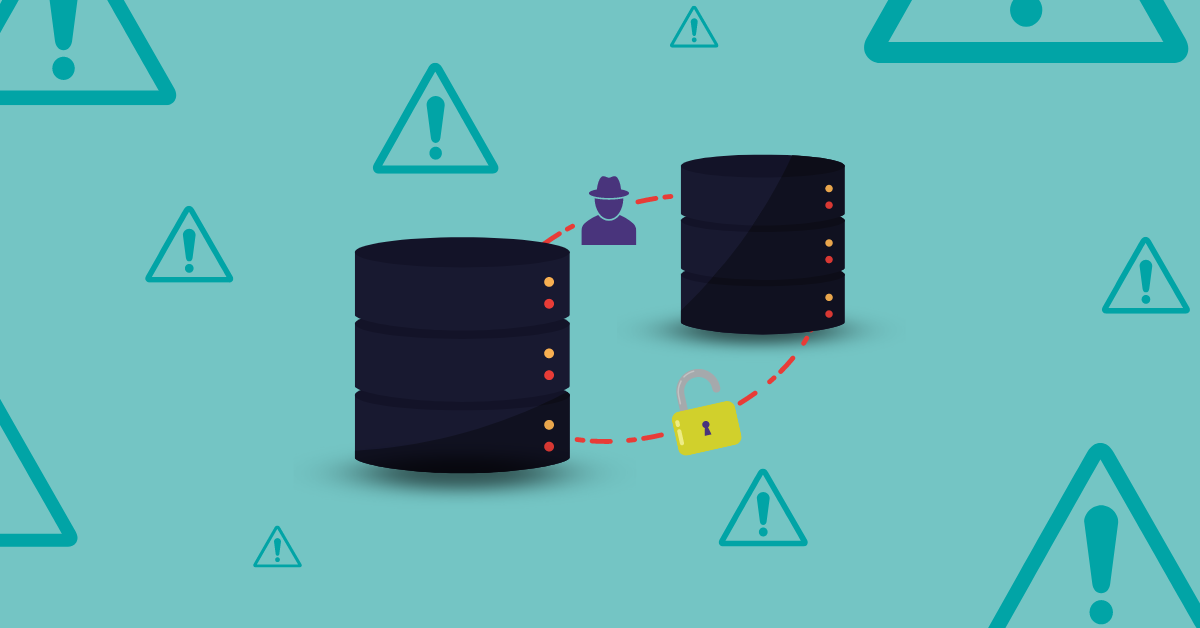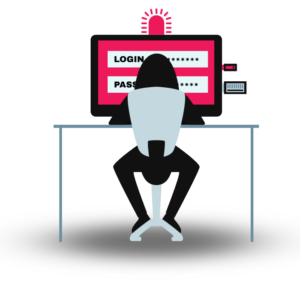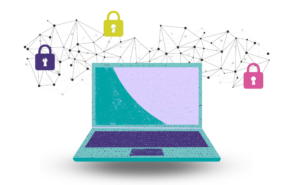

Reverse shell attacks are one of the most common threats businesses face today. Even more, hackers are getting better and better at using them to compromise your organization’s security and potentially cost you tens of thousands of dollars in damages.
However, there are ways to prevent these attacks from harming your organization. Let’s explore what reverse shell attacks are and how your organization can protect itself.

A reverse shell attack is a type of system-wide cloud attack. During a reverse shell attack, malicious hackers or other threat actors use remote computers or mobile devices to access the target’s network. They use the target machine to establish a shell connection with the network, allowing them to execute commands that can seriously damage your organization’s digital infrastructure or compromise sensitive information.
While IT professionals often use reverse shells to perform maintenance on company devices, criminals can also use them to access a network’s protected network hosts.
These attacks also fall under several different subcategories depending on the type of code they use, including:
During a reverse shell attack, the hacker sends a suspicious attachment or link with malicious code or software, which the victim unwittingly downloads. This malicious code gives the hacker access to the victim’s computer.
From there, they can:
There are countless examples of reverse shell attacks on businesses each year. One of the most common starts with a suspicious email.
The email will look official, pretending to come from a recognizable service your business uses, such as FedEx or Meta Ads. It may say that you have an urgent message inside the app and need to log in through a link they provide.
Reverse and bind shell attacks start similarly—with the attacker establishing a connection between their system and the target’s. However, in a bind shell attack, the hacker does not have direct access to the target’s system.
Instead, the attacker “listens in” for incoming connections on specific ports to get the necessary credentials and issue commands. However, given the nature of this type of surveillance, firewalls are generally more effective at blocking bind shell attacks.
Virtually any company with devices connected to a larger network is at risk of these attacks. Because it can come from anywhere, everyone in your organization is responsible for keeping your network safe.
As with other types of cybersecurity, preventing reverse shell attacks is the responsibility of everyone in your organization. Keeping your teammates aware of the signs of phishing and taking these steps can help you protect your organization.

People have generally moved past relying on the classics like “abcd1234,” “qwerty,” or the classic “password.” This is largely because networks and platforms have gotten stricter about password requirements. However, as most security experts know, this is hardly enough to prevent shell attacks.
It’s also no secret that people will use the same handful of passwords across multiple devices, networks, and applications because they can’t remember more than a few. While a certain degree of this is expected, encourage your organization to use different, complex passwords for your network devices as much as possible.
Other options include using two-factor authentication, remote network authentication devices, and other solutions to strengthen network security.
The longer you hold off on updating your systems and applications’ code when new patches are available, the more vulnerable your users and network are to attacks from malicious actors. Use tools like Kiuwan SAST and SCA to identify vulnerabilities within your application’s source code that could make your system vulnerable to shell attacks.
Most reverse shell incidents use outgoing traffic to compromise devices—therefore, your organization may need to take extra precautions with its firewall to make attacks less likely.
A robust firewall system can do the following:
Using a firewall with these features can help your IT department detect users trying to access the system from a banned IP address. In turn, you’ll be able to detect and prevent attacks before they happen.
Hackers are constantly getting smarter and finding new ways to access target vulnerable networks. However, emails are still a stalwart part of their arsenal because they can be convincing to the unsuspecting reverse shell victim.
Teach your team to take a few of the following steps to keep your entire organization safe from reverse shell attacks:
The best option organizations have to protect themselves is to take a prevention approach by mitigating the risk of reverse shell attacks. Software security applications can help with those efforts.
For example, Kiuwan’s Software Composition Analysis (SCA) tools help businesses monitor and detect reverse shell attacks in their early stages. We also offer managed application security services to keep organizations safe from these threats to their operations.
Ready to see how Kiuwan can help your organization prevent reverse shell attacks for yourself? Start a free trial today to learn more.


